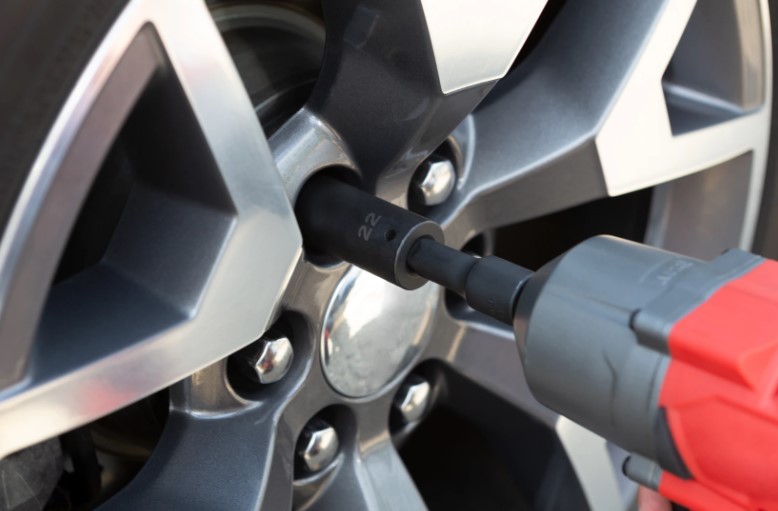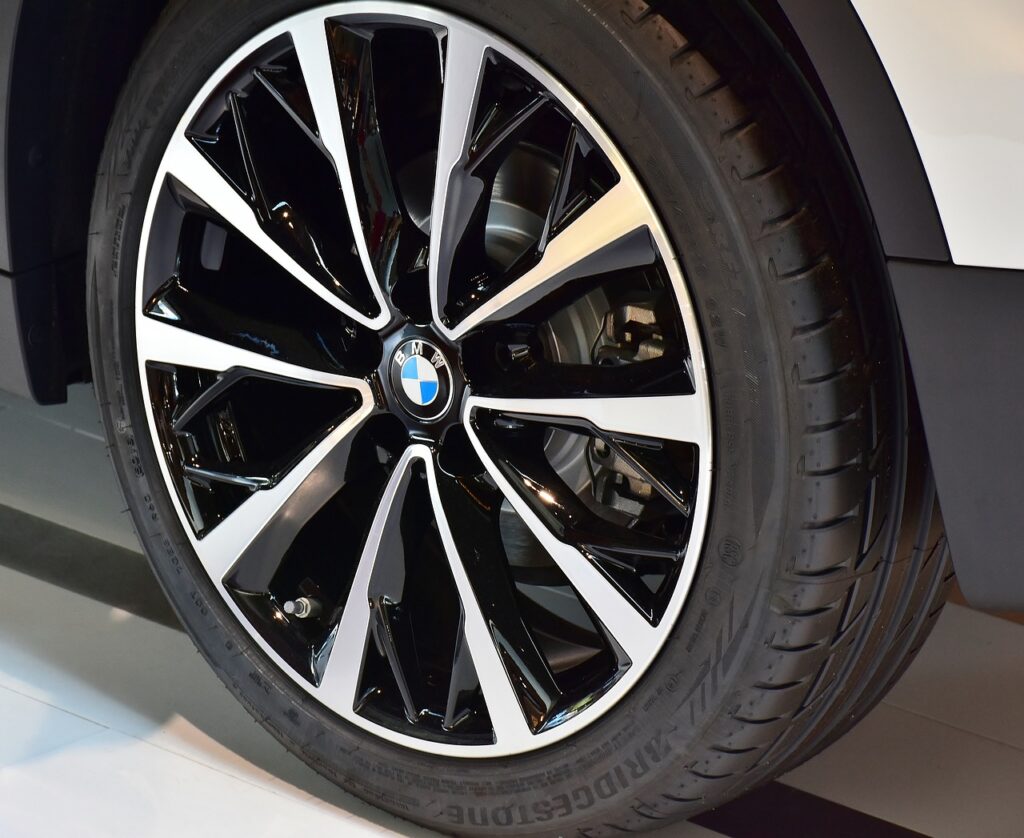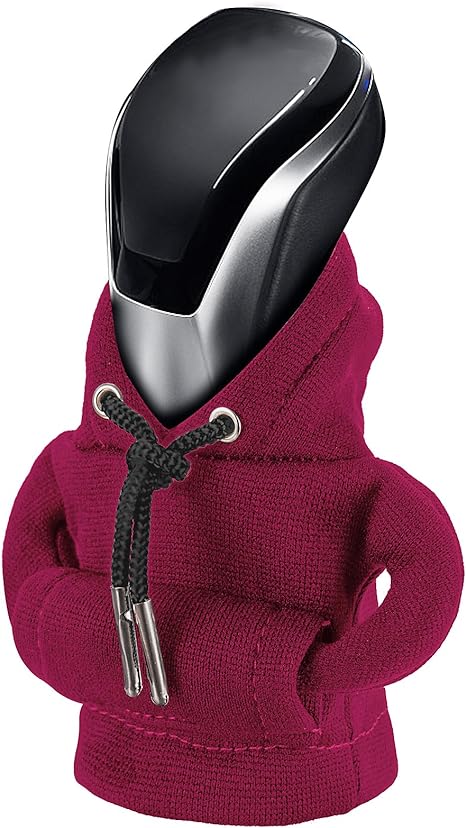The importance of tire safety cannot be overstated. According to the U.S. department of transportation, a total of 622 people died on the road in tire-related crashes in 2021. Though often overlooked, tire rotation is one of the most crucial aspects of vehicle and tire maintenance. Fortunately, tire rotation is quick, simple, and relatively inexpensive.

Understanding the basics of tire rotation and its benefits can significantly enhance both your driving experience and your vehicle’s service life.
What is Tire Rotation?
Tire rotation is the process of moving tires from one position on a vehicle to another. Tires are usually rotated from front to back and side to side, or in a diagonal pattern, depending on the type of vehicle and tire wear pattern. The primary goal of tire rotation is to ensure even tire wear across all four tires, extending their lifespan and maintaining optimal performance.
Benefits of Tire Rotation
- Even Tire Wear – Tires experience varying levels of stress depending on their position on the vehicle. Front tires tend to wear more quickly than rear tires due to steering and braking forces. By rotating tires regularly, you distribute this wear more evenly, ensuring that all tires wear out at a similar rate.
- Extended Tire Lifespan – Uneven tire wear not only impacts vehicle safety but also shortens the lifespan of your tires. By rotating them regularly, you can optimize the service life of every set of tires you invest in, saving you money in the long run.
- Improved Handling and Performance – Even tire wear leads to better traction and handling, especially during cornering and braking. This can enhance the overall driving experience and improve safety on the road.
- Enhanced Fuel Efficiency – Properly inflated and evenly worn tires reduce rolling resistance, which can improve fuel efficiency. By maintaining good tire condition through rotation, you can potentially save money on fuel costs over time.
When to Rotate Your Tires
The frequency of tire rotation depends on several factors, including your driving habits, vehicle type, and manufacturer recommendations. As a general rule of thumb, experts advise rotating tires every 6,000 to 8,000 miles, or during every other oil change. However, it’s essential to consult your vehicle’s owner’s manual for specific guidelines tailored to your car or truck.
Certain factors may indicate that your tires need rotation sooner, such as uneven tread wear, vibrations, or pulling to one side while driving. If you notice any of these signs, have your tires inspected to prevent further damage and ensure safety on the road.










